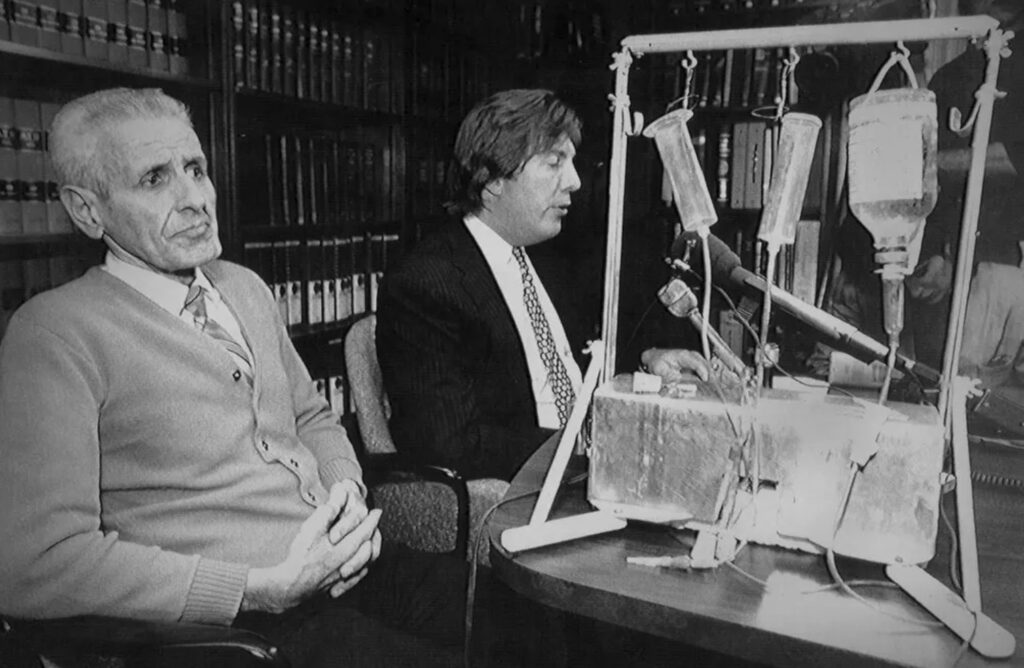 This morning I listened, as I often do, to a round-up of news on the BBC world service. 15-20 minutes of the broadcast were devoted to the impending execution of convicted murderer Kenneth Smith by asphyxiating him with nitrogen gas. Cataloguing the practical difficulties and problems occupied much of the time.
This morning I listened, as I often do, to a round-up of news on the BBC world service. 15-20 minutes of the broadcast were devoted to the impending execution of convicted murderer Kenneth Smith by asphyxiating him with nitrogen gas. Cataloguing the practical difficulties and problems occupied much of the time.
Smith’s lawyers have denounced this as “cruel and unusual punishment”, a human rights group has declared that it could amount to torture or may result in Smith being reduced to a vegetative state. His “spiritual advisor”, “pastor, theologian, activist and writer” Rev. Dr Jeff Hood is worried that he himself could be exposed to a possible gas leak and be forced to meet his Maker before he is ready to do so.
Not only that, this is the state of Alabama’s second attempt to execute Smith. In the first go-around, the executioner couldn’t find a vein for the lethal injection; after a number of incisions the attempt was abandoned because the death warrant had expired.
Canada, in 2022, managed to kill 13,241 people as part of its Medical Assistance In Dying (MAID, if you prefer to use the innocuous sounding acronym). All the candidates were euthanised without mishap: no veins were misplaced, and no nitrogen gas escaped to accidentally dispatch innocent bystanders.
In Canada, we administer death sentences on an industrial scale, smoothly and efficiently, without fuss or accident.
I have one simple question: why is the State of Alabama unable to do for one person, what we in Canada manage for 13,241 people every year?
I am tempted to write to my MP to suggest a new export opportunity for Canada, one similar to the CANDU nuclear reactors we exported to Argentina, Romania, China and South Korea in the 1970s. We could sell it to the Americans and call it CanDeath.

